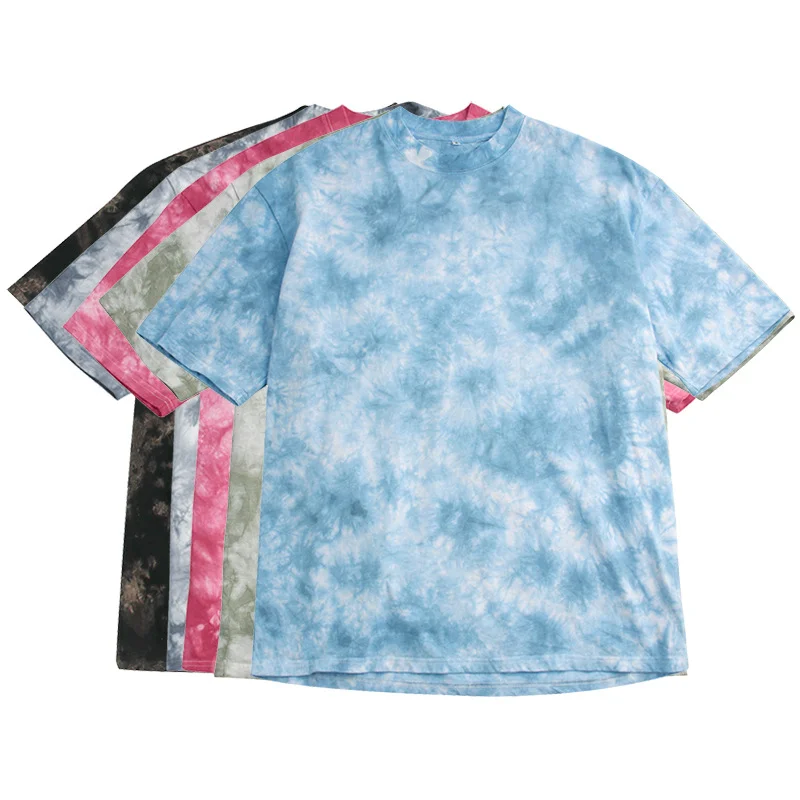When it comes to textiles, distinguishing between cotton and wool fabrics can be a challenging task, especially for those who are not well-versed in the intricacies of different fibers. However, with a keen eye and some basic knowledge, you can easily differentiate between these two popular materials. In this article, we will delve into the key characteristics and methods to help you determine whether a fabric is cotton or wool.
- Visual Inspection:
One of the simplest ways to identify the fabric type is through visual inspection. Cotton fibers are typically smooth and flat, giving the fabric a soft and breathable feel. On the other hand, wool fibers are more textured and have a natural crimp, providing warmth and insulation. By closely examining the fabric's surface, you can often discern these visual cues to determine whether it is cotton or wool. - Burn Test:
A more definitive method to distinguish between cotton and wool is the burn test. Cotton is a plant-based fiber and will burn quickly with a steady flame, leaving behind fine ash. In contrast, wool is an animal-based fiber that burns slowly with a sizzling sound and a distinct smell of burning hair. Wool also forms a hard, black bead when burned. Conducting a burn test on a small swatch of fabric can help confirm the fiber type. - Feel and Texture:
Another important aspect to consider is the feel and texture of the fabric. Cotton fabrics are known for their softness and smoothness, making them comfortable to wear against the skin. Wool fabrics, on the other hand, have a slightly rougher texture due to the natural crimp of the fibers. By running your fingers over the fabric and paying attention to its tactile qualities, you can often differentiate between cotton and wool based on their distinct textures. - Water Absorption Test:
Cotton is highly absorbent and can hold a significant amount of moisture, making it a popular choice for breathable and moisture-wicking clothing. To test if a fabric is cotton, simply place a few drops of water on the surface. If the water is quickly absorbed and spreads out evenly, it is likely cotton. Wool, on the other hand, is less absorbent and may repel water initially before slowly absorbing it. This test can help you determine the fabric's absorbency properties and narrow down the fiber type.
Conclusion:
Distinguishing between cotton and wool fabrics may seem daunting at first, but with a combination of visual inspection, burn tests, tactile evaluation, and water absorption tests, you can confidently identify the fiber type of a fabric. By understanding the unique characteristics of cotton and wool, you can make informed decisions when selecting textiles for your projects or wardrobe. Next time you come across a fabric and wonder whether it is cotton or wool, remember these key methods to unravel the mystery of fabric identification.


